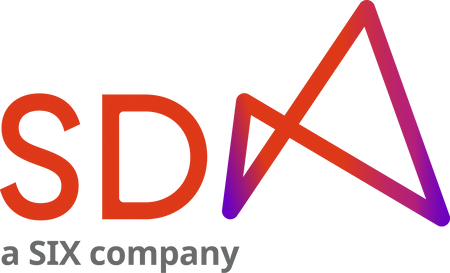- Project-Helvetia_Settling-tokenised-assets-in-central-bank-money.pdf
- Project-Helvetia_Settling-tokenised-assets-in-central-bank-money-FR.pdf
- Project-Helvetia_Settling-tokenised-assets-in-central-bank-money-DE.pdf
The Swiss National Bank, The Bank for International Settlements’ Innovation Hub (BISIH) Swiss Centre, and SIX Digital Exchange have published the Helvetia report, a two proofs-of-concepts experiment using “near-live” systems to settle digital assets on a distributed ledger with central bank money.
The initiative demonstrated the feasibility and legal robustness of issuing a wholesale CBDC onto a distributed digital asset platform and linking the digital asset platform to the existing wholesale payment system. The collaboration sets the stage for further joint experimentation and policy work to assess the impact of digital innovation on the future of the financial system.
“The outstanding collaboration between all parties over the past year has provided us with deeply valuable insights. It is now crucial that we continue our journey incorporating our learnings and understanding the benefits to ensure that the added value for the financial industry will far outweigh the effort,” Jos Dijsselhof, CEO SIX.
SIX Digital Exchange (SDX), the Swiss National Bank (SNB) and BIS Innovation Hub (BISIH) conclude Phase I of project Helvetia. The proofs-of-concept successfully demonstrated the technical and legal feasibility of settling tokenised assets in central bank money leveraging the near-live SDX platform.
The role of Central Banks and Central Bank Digital Currency (CBDC)
One of the fundamental purposes of central banks is to provide a safe and liquid settlement asset. The widespread use of central bank money for large and critical settlements is pivotal to the functioning of the global financial system, offering safety, availability, efficiency, neutrality and finality. International standards require FMIs to settle in central bank money wherever practical and available. For financial markets, digitisation has massively enhanced the speed and efficiency of trading, clearing and settlement. Yet, the underlying fundamental structures have not altered much since the days of paper trading slips and fax machines. Distributed ledger technology could lead to transformational change how financial market transactions are carried out. Central banks are experimenting with the new technology to make sure that if the architecture of the financial system changes, central banks can continue to offer settlement in central bank money – for example, through a central bank digital currency (CBDC) or enhanced interoperability of existing arrangements. SIX and SIX Digital Exchange are reliable partners for establishing such an institutional grade financial market infrastructure based on DLT.
Project Helvetia – Phase I completed
The project was carried out in the test environments of the traditional Swiss RTGS Swiss Interbank Clearing (SIC) system, and the near-live SDX platform. Two options to settle tokenised assets in central bank money were investigated: in a first proof of concept (PoC), the SNB issued Swiss franc wholesale CBDC (w-CBDC) on the SDX platform for the settlement of tokenised assets; in a second PoC, the SDX platform was linked to SIC, to allow for the settlement of tokenised assets against payments in SIC balances with the central bank. The experiments confirmed both PoCs as realistically possible. The functional feasibility of both PoCs was successfully shown in the production-grade operational test environments. Also, it was demonstrated that the transfer of w-CBDC and tokenised assets can be designed in a way to allow settlement on a legally robust basis.
Continuation of Project Helvetia – Phase II
The successful collaboration led to deep insights and to a commitment to continue the project. The next step is to seek a deeper understanding of the practical complexities and policy implications of issuing w-CBDC. Project Helvetia will therefore proceed in two complementary directions, to:
- deepen the project, addressing further functional questions, such as the integration of w-CBDC into the core banking systems, and policy questions related to the governance of w-CBDC issuance; and
- broaden future involvement in the project to explore the functioning of a w-CBDC across borders and with a diverse set of participants.
This project is a tangible example of the value of cooperation as change gathers pace across the globe. Private system operators such as SIX with SIX Digital Exchange and central banks alike have an incentive to preserve the use of safe money. Overcoming the policy challenges and technical obstacles will involve collaboration, also across borders. SIX, the BIS Innovation Hub and the Swiss National Bank are all committed to progressing in this collaborative spirit and aiming to share the findings of the next project phases publicly.

